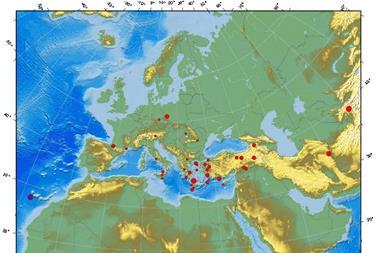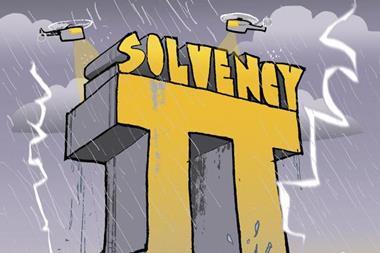Since the entry into force of the Freedom of Information Act 2000 and the Freedom of Information (Scotland) Act 2002 on 1 January 2005, the general public and those in business seem, by and large, to be well aware of the potential benefits of the legislation. Information covering a plethora of topics has been accessed and used for a huge variety of purposes. Indeed, public authorities subject to freedom of information legislation have recorded a larger number of information requests than was expected prior to the entry into force of the legislation, and appeals to the UK and Scottish Information Commissioners have also exceeded expectations.
Less is known, however, and less use has been made of the Environmental Information Regulations 2004 and Environmental Information (Scotland) Regulations 2004 (EIRs), despite the fact that they apply to a wide range of bodies and facilitate access to a considerable amount of information.
Like the freedom of information legislation, the EIRs apply to 'public authorities' - but the definition of a public authority is wider under the EIRs. A public authority can be a government department; a body stated to be a public authority in terms of the freedom of information legislation, or a body that carries out functions of public administration. Crucially though, a body which is under the control of any of these, and which exercises functions, provides services, or has responsibilities of a public nature relating to the environment, will also be deemed to be a public authority.
This last definition can bring private companies under the scope of the EIRs, and means that an enquirer may be able to access information from a wider range of bodies. A decision by the UK Information Commissioner illustrates this. Recently, a private environmental consultancy company called Environmental Resources Management Ltd was found to be a public authority for the purposes of the EIRs, at least in respect of some of the information it held. In that case, the information requested involved a review that Environmental Resources Management Ltd had conducted on the instructions of the Regional Assembly for the North East of England (a public authority, since it carries out functions of public administration). The Regional Assembly was required by statute either to carry out the review or to have it carried out by a third party. Since the Regional Assembly had opted to delegate it to the consultants, the consultants were deemed to be carrying out a public function, and under the control of the Regional Assembly, thus making the company a public authority insofar as information relating to that review was concerned.
This case shows the type of company or body that is most likely to fall under the EIRs, without them or anyone else necessarily realising it. Such a company will typically be part of the private sector, but will have contracted with the public sector to provide services that are required by statute or subordinate legislation.
What type of information is available? The information to which the EIRs apply includes anything that has been recorded, in writing or in 'any other material' form. The subject matter can range from the state of the elements or human health and safety, to economic analyses and reports on the implementation of environmental legislation.
The information rendered accessible by the EIRs is therefore more limited than that which can be accessed under the freedom of information legislation. However, if it is information relating to the environment that you are seeking, the EIRs are an invaluable tool, and there are advantages to making a request under the EIRs rather than a request under freedom of information legislation.
Firstly, there is the wider definition of a public authority, as mentioned above. Secondly, while both the freedom of information legislation and the EIRs work on the basis of a presumption that requested information should be disclosed, subject to a number of specific exemptions, the EIRs list fewer of these exemptions. This has the effect that information that is intended for future publication, for example, or that is available elsewhere - and that would therefore be exempt from disclosure under freedom of information - could be accessed through the EIRs, so long as it is environmental in nature.
As with the freedom of information legislation, obtaining information under the EIRs is as simple as making a written request to the public authority that holds it. The public authority is obliged to provide the information within 20 working days of receiving the request, although this deadline can be extended by a further 20 working days should the complexity or volume of the requested information require it.
One downside of the EIRs is that, like the freedom of information legislation, they allow the public authority to make a charge for providing information. Such charge must be 'reasonable' in the circumstances, and can be required in advance.
The EIRs should not be overlooked as a means of garnering information. Unless the information request is made for no good reason, the charge is likely to be less than the value of the information obtained. Whether for general interest, as a source of data on competitors or a means of keeping tabs on the activities of public or private sector bodies, the EIRs provide access to a wide range of information, from an even wider range of bodies than are subject to requests under freedom of informationlegislation.
Kelly Harris is a public law specialist with commercial law firm Shepherd and Wedderburn, www.shepwedd.co.uk



















